1962-1965 AD Vatican II: The Church’s New Direction
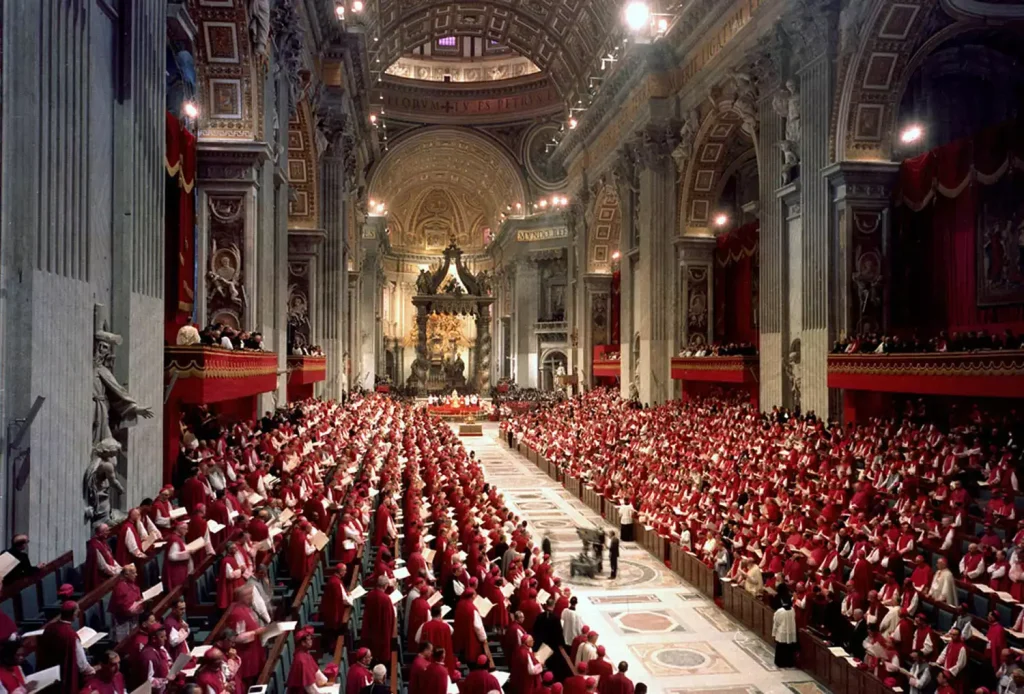
The period between 1962 and 1965 marked an epochal shift in the Catholic Church, a historic moment that redefined its core practices and interfaith dynamics. Vatican Council II, as this pivotal event is known, stands as a beacon of transformation, charting a course for the Church into modernity. This monumental gathering, convened by Pope John XXIII and continued under Pope Paul VI, broke new ground in the way the Catholic Church approached liturgy, ecumenism, and its role in the contemporary world. It was a period of intense deliberation, deep theological reflection, and significant decisions that continue to influence the Church’s path today. This article illuminates the profound changes initiated by the Council, exploring how these reforms reshaped the Catholic Church’s identity and its relations with diverse faith communities.
Church of Poland, Eastern Orthodox
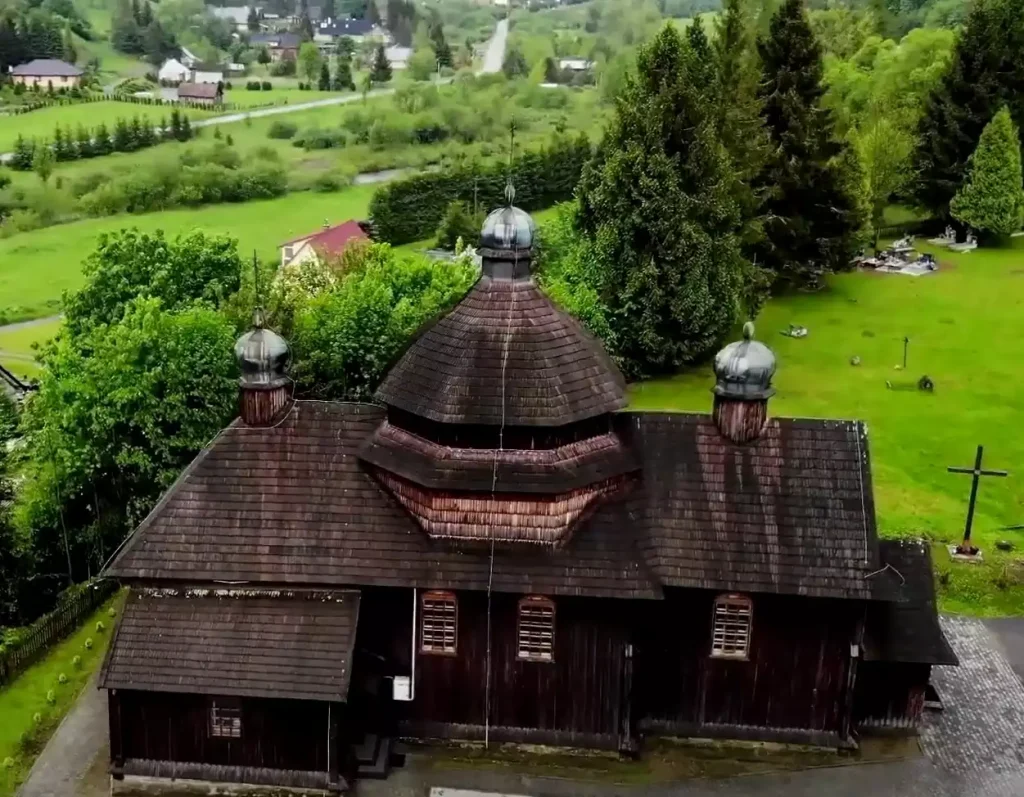
A Historical and Cultural Beacon The Eastern Orthodox Church of Poland, while being a minority, plays a significant role in the religious and cultural landscape of Poland. This Church, rooted in centuries-old traditions, upholds the Eastern Orthodox Christian faith amidst a predominantly Roman Catholic population. It represents not only a religious institution but also a […]
Western Rite Orthodox Church
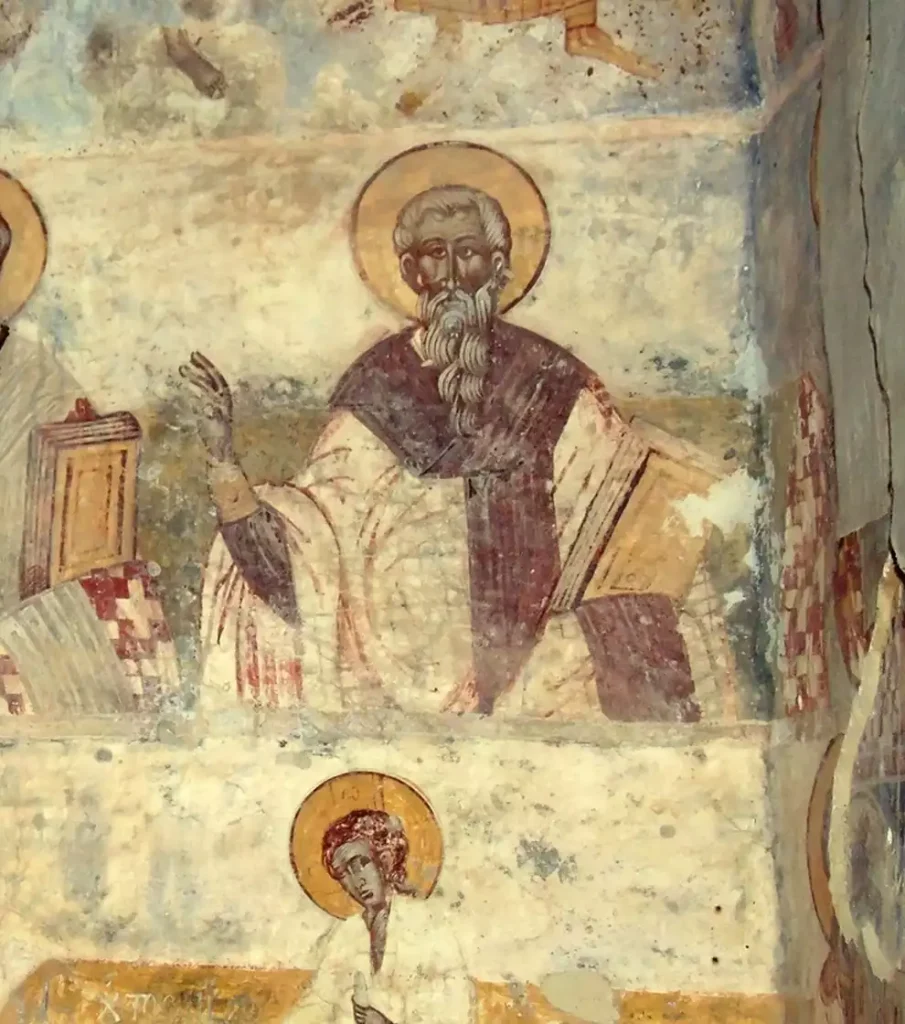
The Western Rite Orthodox Church embodies a unique facet of Christian Orthodoxy, offering a liturgical path that intertwines the spiritual depth of Eastern Orthodoxy with the liturgical heritage of the Western Christian tradition. This distinct entity within the Orthodox Christian faith caters to those who seek the mystical theology of Orthodoxy while retaining the liturgical […]
Eastern Rite Catholic Church
The Eastern Rite Catholic Church, a vital branch of Catholicism, preserves the liturgical, legal, and spiritual traditions of Eastern Christian Churches. This Church, in full communion with the Roman Catholic Church, upholds a distinctive amalgamation of Eastern and Western Christian practices. Liturgical Traditions and Spiritual Practices In the Eastern Rite Catholic Church, liturgical traditions are […]
Syro-Malankara Catholic Church
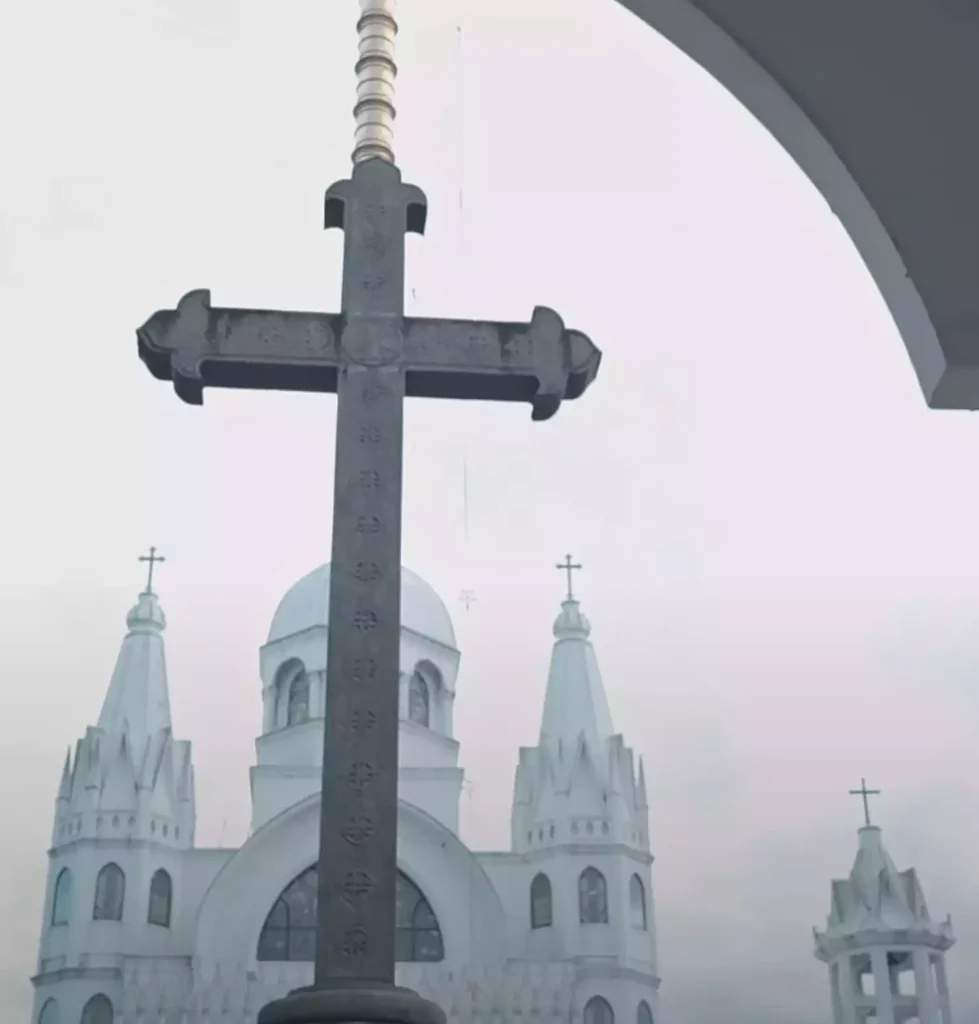
The Origins and Growth of the Syro-Malankara Catholic Church The Syro-Malankara Catholic Church, a prominent Eastern Catholic Church, has a rich history and unique liturgical traditions. Tracing its origins to the early Christian communities in India, this church, while fully Catholic, preserves the liturgical and spiritual heritage of the Syriac tradition. Initially, Christianity in India […]
Maronite Church | Historical and Theological Insights
The Maronite Church, an Eastern Catholic Church in full communion with the Holy See, uniquely embodies a blend of Western and Eastern Christian traditions. It traces its roots to St. Maron, a 4th-century Syrian hermit whose followers, the Maronites, played a pivotal role in shaping its identity. This church, established in the rugged mountains of […]
Eastern Catholic Churches | Comprehensive Overview
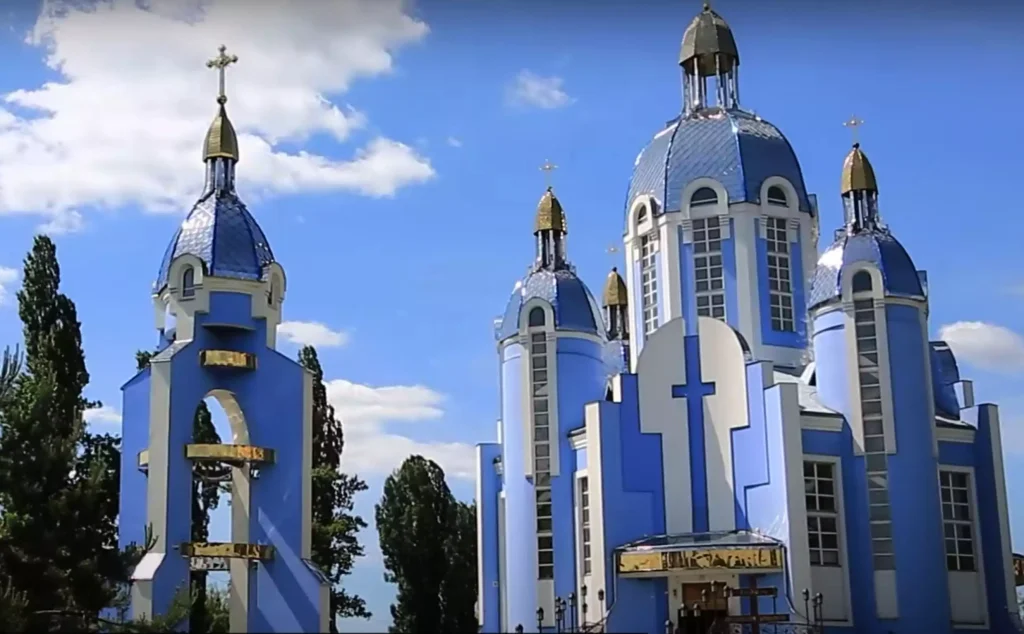
The Eastern Catholic Churches, also known as the Eastern-Rite Catholic Churches or Oriental Catholic Churches, represent a unique and integral component of the Catholic Church. These 23 Eastern Christian autonomous (sui iuris) particular churches maintain full communion with the Pope in Rome, despite their distinct theological, liturgical, and historical characteristics that set them apart from […]
Armenian Catholic Church | Comprehensive Overview

The Armenian Catholic Church, rooted in a rich tapestry of historical and theological distinctiveness, represents a unique facet of the universal Christian faith. Emergent from the ancient Armenian Apostolic Church, this Eastern Catholic Church harmoniously blends the antiquity of Eastern Christian traditions with the universal communion of the Roman Catholic Church. Tracing its etymological and […]
Ambrose of Milan, Saint | Influential Early Christian Bishop

Ambrose of Milan, born around 340 AD and passing away in 397 AD, stands as one of the most influential figures in early Christian history. His life and works significantly shaped Christian theology, particularly in the Western Church. As Bishop of Milan, Ambrose was renowned for his eloquent preaching, his staunch stand against Arianism, and […]
Doxology: The Articulation of Divine Praise in Liturgical Practice
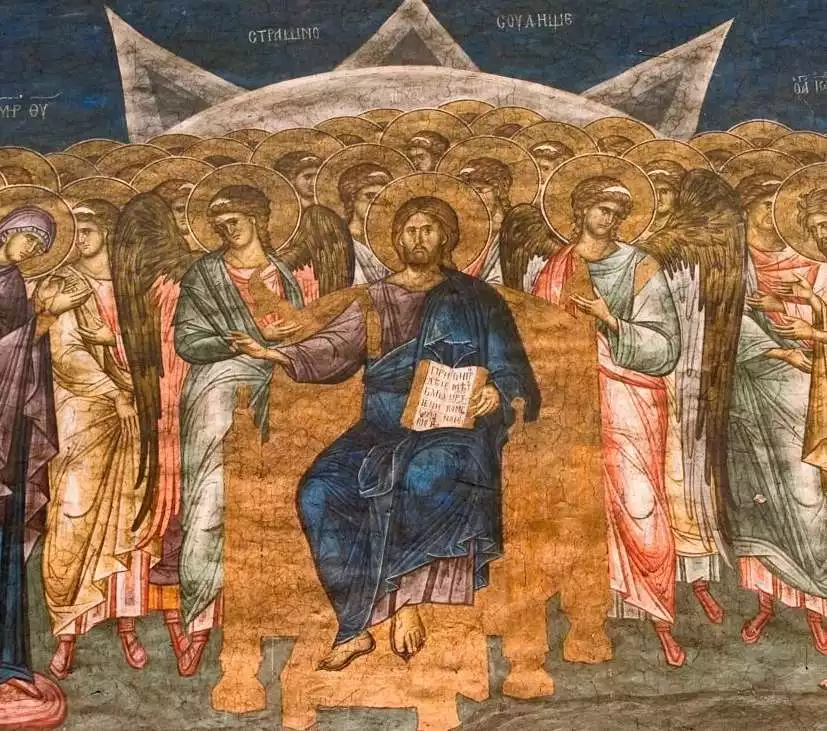
Origins and Historical Context Doxology, a term deeply embedded in Christian liturgical traditions, stands as a testament to the enduring nature of praise and worship. This liturgical formula, dedicated to exalting God, has traversed centuries, evolving yet retaining its core purpose: the glorification of the divine. The origins of doxology trace back to early Christian […]
Anglicanism | Bridging Catholicism and Protestantism

Anglicanism, a distinctive branch of Christianity, is rooted in the Church of England’s rich historical and theological traditions. Originating during the Reformation, it combines elements of both Protestantism and Catholicism, creating a unique religious identity. This blend is evident in its liturgy, governance, and doctrine, contributing to its global presence and appeal. Embracing both traditional […]
Telmaharensis, Dionysius | Syrian Jacobite Church’s Theological Luminary
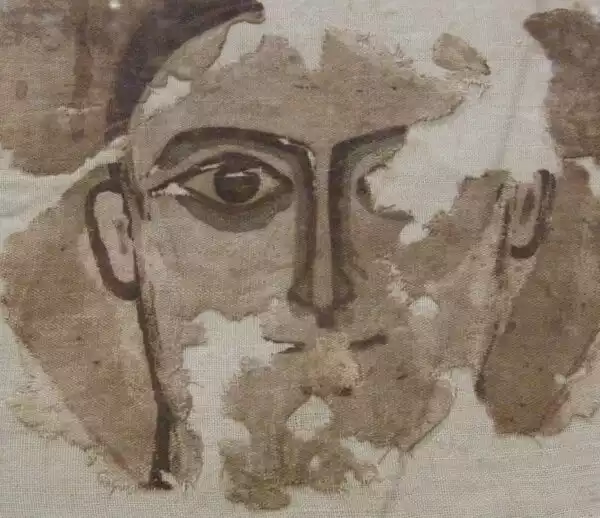
Dionysius Telmaharensis, a distinguished figure in the history of the Syrian Jacobite Church, is celebrated for his exceptional contributions to theology and liturgy. Born in the early 9th century and passing in 845 AD, Dionysius’ life and work left an indelible mark on the Christian ecclesiastical landscape. His erudition and spiritual depth have been pivotal […]
Trisagion | Its Origins and Purpose
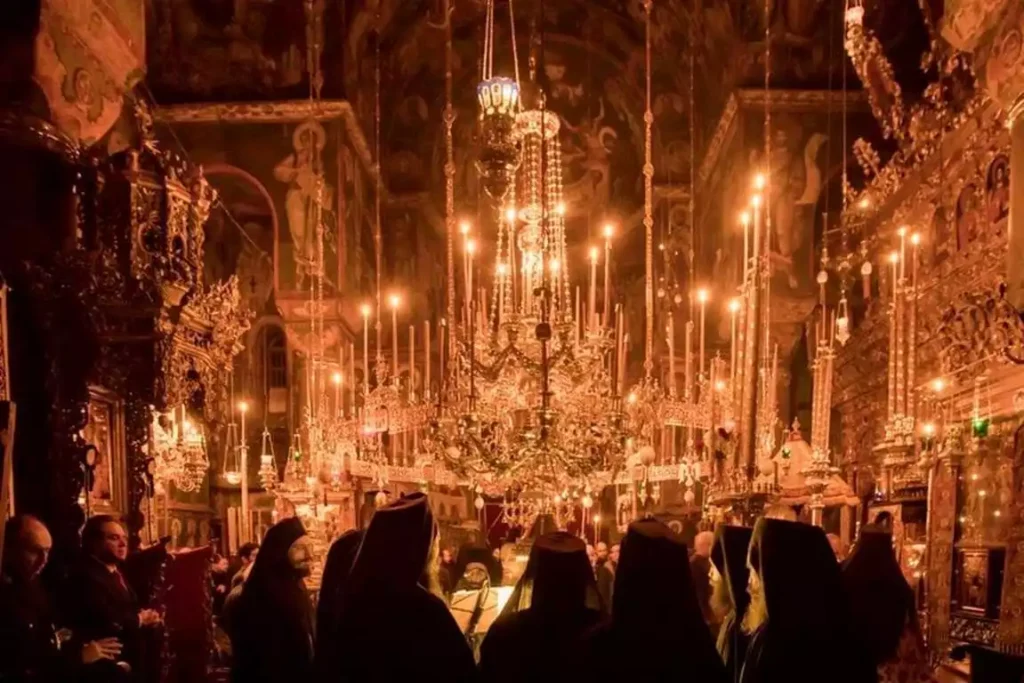
The Trisagion Prayer has resounded through Christian worship for centuries. Its repeated refrain of “Holy God, Holy Mighty, Holy Immortal” offers a glimpse into the very nature of the divine. This emotive hymn bridges earthly and heavenly realms, uniting voices in the praise of God’s eternal holiness. Tracing the Winding Path of the Trisagion through […]
